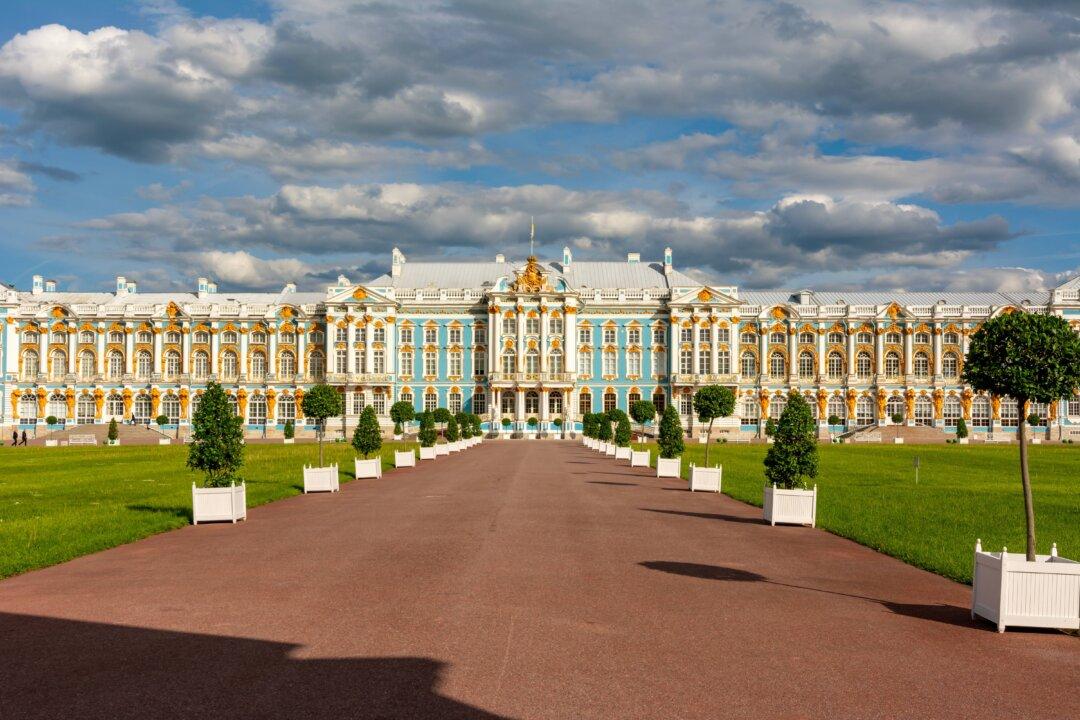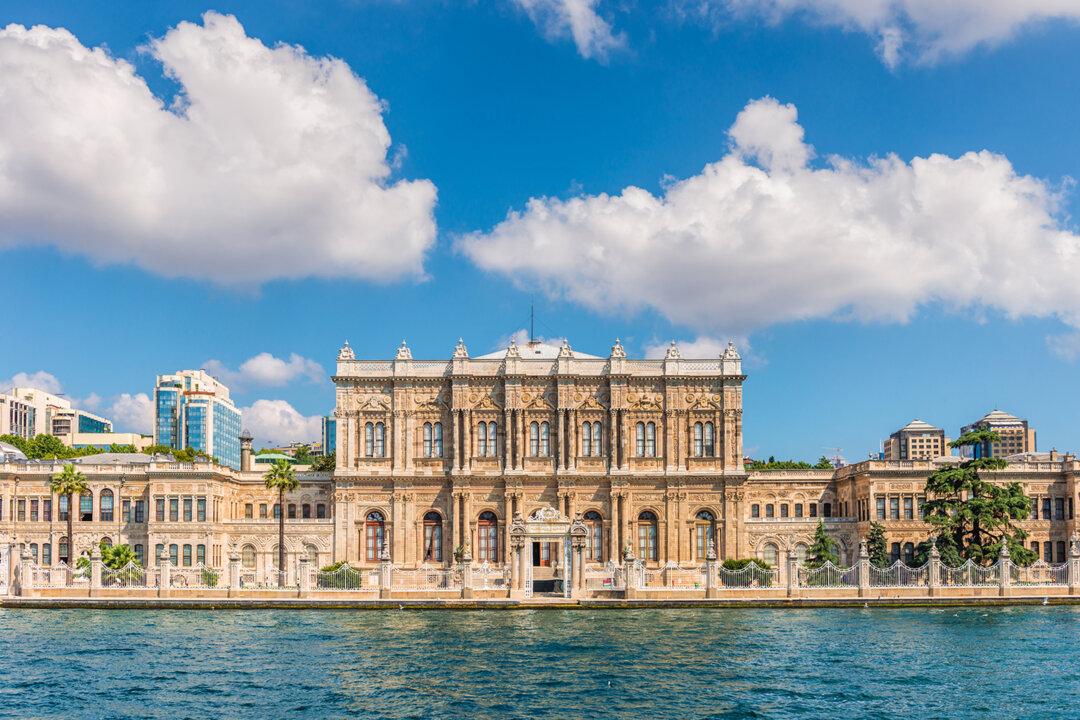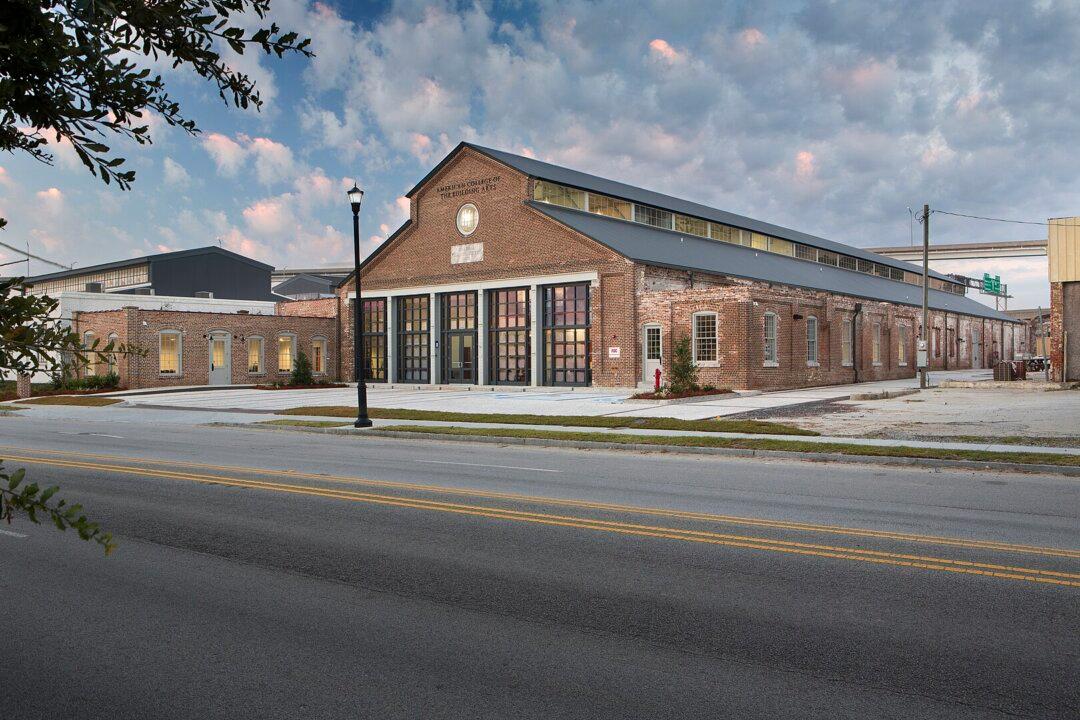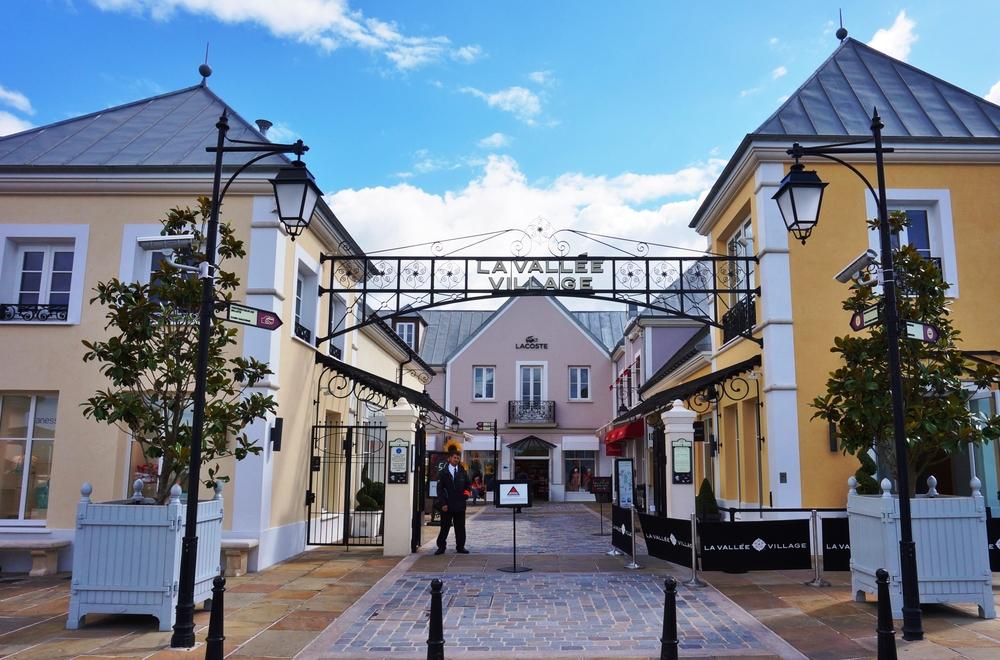In 1710, Tsar Peter the Great gave land now occupied by the town of Pushkin, south of St. Petersburg, as a gift to his wife, Catherine. The development of the property was initially slow. Thirteen years passed before the first home on the estate—a modest 16-room country house—was even built. But by the end of the 1700s, it had grown to more than 10 times its original size and had become one of Russia’s most magnificent architectural works.
The development of the Catherine Palace took place in three stages. The first two occurred during the reign of Tsarina Elizabeth I and the third during that of Catherine the Great.





